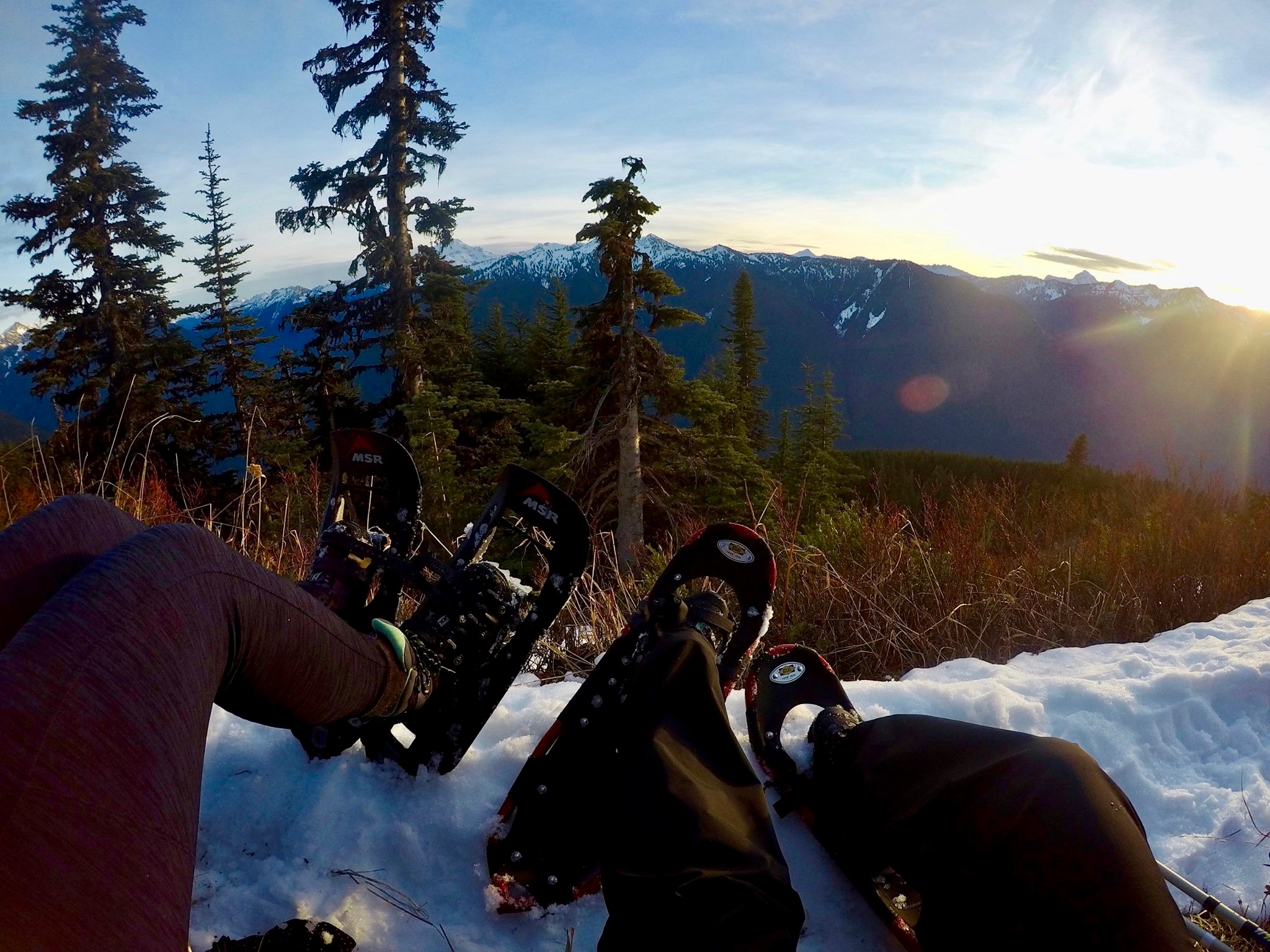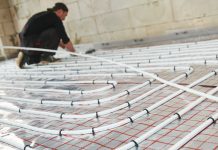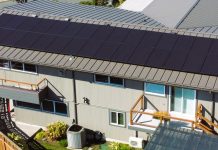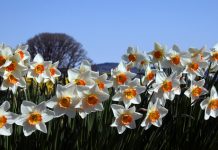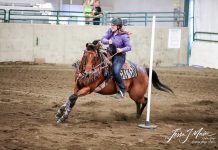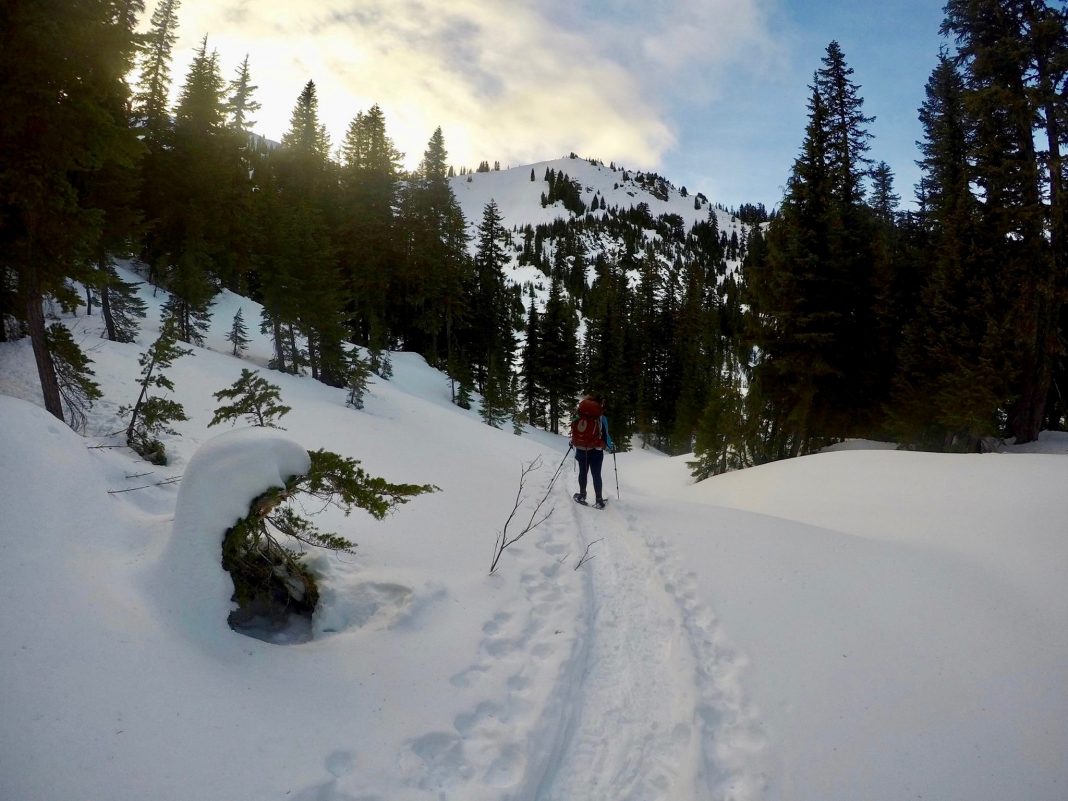Have you ever felt bored or even just “meh” during the winter time? Maybe you say to yourself, “I’ll get some fresh air, a hike will do me good!” Then you remember you live in Skagit County, and it’s probably raining outside. You know what’s awesome about rain in Skagit County in the winter time? It means snow in the mountains! So, then you say to yourself, “I can’t hike in the snow!” That’s right, it’s called snowshoeing instead. With a little bit of research, snowshoeing can be a transformative, life changing experience. Snowshoeing is also far more accessible and definitely cheaper and way easier than skiing or snowboarding.
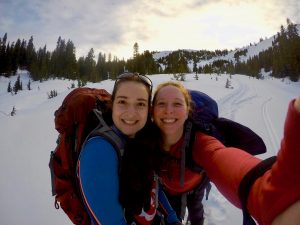
Snowshoeing Safety Tips
Depending on how high your trail is, you may get snowed out before you reach the trail head. Plan to park the car before it gets too deep and begin snowshoeing up the road, which will have morphed into a beautiful winter wonderland. Also remember starting before the trailhead will lengthen your excursion. You can always turn around once you’ve had your fill of winter beauty even if you don’t reach the summit. If you’re unsure what pace you will set, give yourself plenty of time and hit the trail first thing in the morning. If you’re comfortable, linger for a sunset. There’s nothing more beautiful than watching the sun sink behind the North Cascades, dripping gold and pink rays across the shimmering snow.
Like most activities that take place out in nature, snowshoeing is safer with a buddy! Don’t forget to grab a friend and the ten essentials just in case: navigation, headlamp, sun protection, first aid, knife, fire, shelter, extra food, extra water and extra clothes.
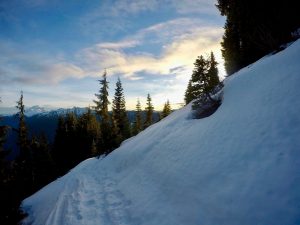
Avalanches. They happen. Don’t go snowshoeing when avalanche risk is anything above “low” unless you know what you are doing. Check the Northwest Avalanche Center’s website.
Skagit County is the most northwest zone (named “West Slopes North – Canadian Border to Skagit River”) on the map on the homepage. When you click that zone, you will go to a new page with more detail on the avalanche conditions for this region. I also recommend checking with the Park and Forest Information Center in Sedro-Woolley (360.854.7200) or the Wilderness Information Center in Marblemount (360.854.7245) to assess the current weather conditions in the specific location you’re interested snowshoeing in to determine if it’s a safe location.
If snowshoeing grabs your heart and runs away with it like it did with mine, I’d definitely encourage you to invest in avalanche safety courses. You can start with a free basic course offered online. Visit Avalanche.org’s homepage to invest in further training. You can also attend workshops on avalanche awareness at REI. The Bellingham store is offering a free Avalanche Awareness class on December 12 at 6:00 p.m. Once again, make sure you register ahead of time.
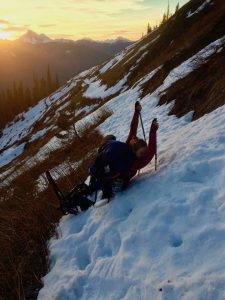
Where to Find Snowshoeing Equipment in Skagit County
Not sure if snowshoeing is for you? Try renting a pair to test it out. Shoe covers are optional, but don’t forget trekking poles or you could end up worse than me if your ancient snowshoes break on you like in the picture below.
Yeager Sporting Goods in Bellingham offers a great deal with 48-hour snowshoe package rentals for $15. Glacier Ski Shop in Glacier offers snowshoe rentals for $20 and a package with trekking poles and shoe covers for $30. Glacier Ski Shop’s rentals are valid from open to close in a single day, so you can’t venture too far, especially considering their hours are 8:00 a.m. – 5:00 p.m. The REI in Bellingham also offers snowshoe rentals. The day you pick up and the day you drop off are free, but for a day in the middle it’s $20 for snowshoes and trekking poles are $5 if you’re an REI member. Non-members have to pay a little more at $40 and $10 respectively. Remember though, REI is a co-op and members receive shared dividends. So, if you’re not already a member, you may want to consider signing up for only $20 and a lifetime membership full of good deals. Additionally, the Bellingham REI store is also offering a free Women’s Snowshoeing Basics class on December 18 at 6:00 p.m. Be sure to register if you’re interested.
Great Places to go Snowshoeing in Skagit County
After you have read up on basic avalanche safety, checked the conditions for the location of the snowshoe you are interested in, rented or bought snowshoes and trekking poles, grabbed a partner and the ten essentials, there is just one thing left to decide – where will you be going?
Recommended local hikes for snowshoeing by Washington Trails Association (WTA) are Sauk Mountain and Oakes Peak. Any hike can turn into snowshoeing if it snows though and you can peruse the WTA website for more ideas beyond Sauk Mountain and Oakes Peak.
